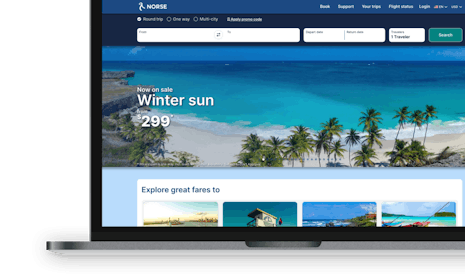
Integrated digital strategy achieves 600% increase in sales for new Airline
Client
Services
Analytics, CRO, Digital PR, Paid Media, SEO, Strategy
Industries
Travel
Read Full Case Study
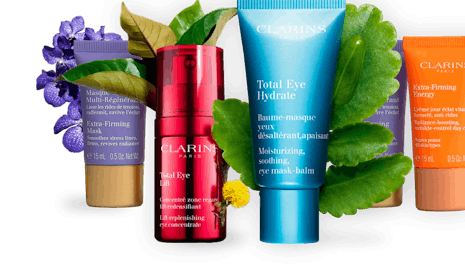
SEO strategy supports long term growth
Client
Services
SEO
Industries
Luxury & Beauty, Retail
Read Full Case Study
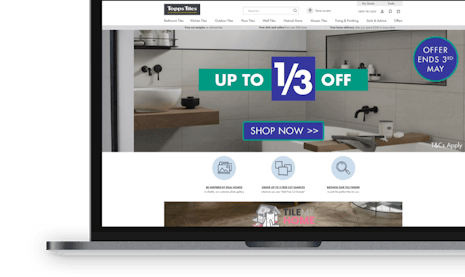
Paid media strategy unlocks over 5,000 new visitors for retailer
Client
Services
Paid Media
Industries
Retail
Read Full Case Study
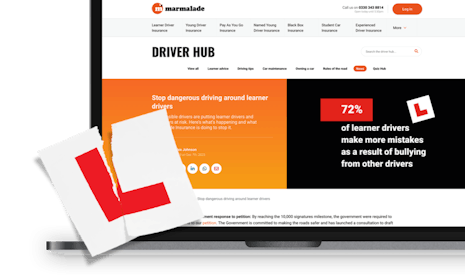
Purpose-driven campaign wins 100+ links for car insurance provider
Client
Services
Digital PR
Industries
Automotive, Finance
Read Full Case Study
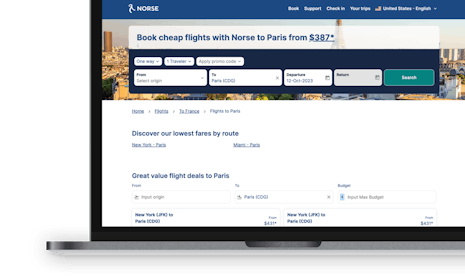
YouTube traffic campaigns achieve 43% reduction in cost-per-session
Client
Services
Paid Media, Strategy
Industries
Travel
Read Full Case Study

Integrated search strategy drives a 26% increase in revenue for Cancer Research UK
Client
Services
Paid Media
Industries
Not for Profit
Read Full Case Study

Master jeweller unlocks £1m in monthly revenue
Client
Services
Digital PR, SEO
Industries
Fashion, Luxury & Beauty
Read Full Case Study

SEO strategy delivers 289% uplift in conversions
Client
Services
SEO
Industries
B2B, Manufacturing
Read Full Case Study

Driving 218% conversions with multi-layered YouTube campaigns
Client
Services
Paid Media
Industries
Automotive, Finance
Read Full Case Study



















